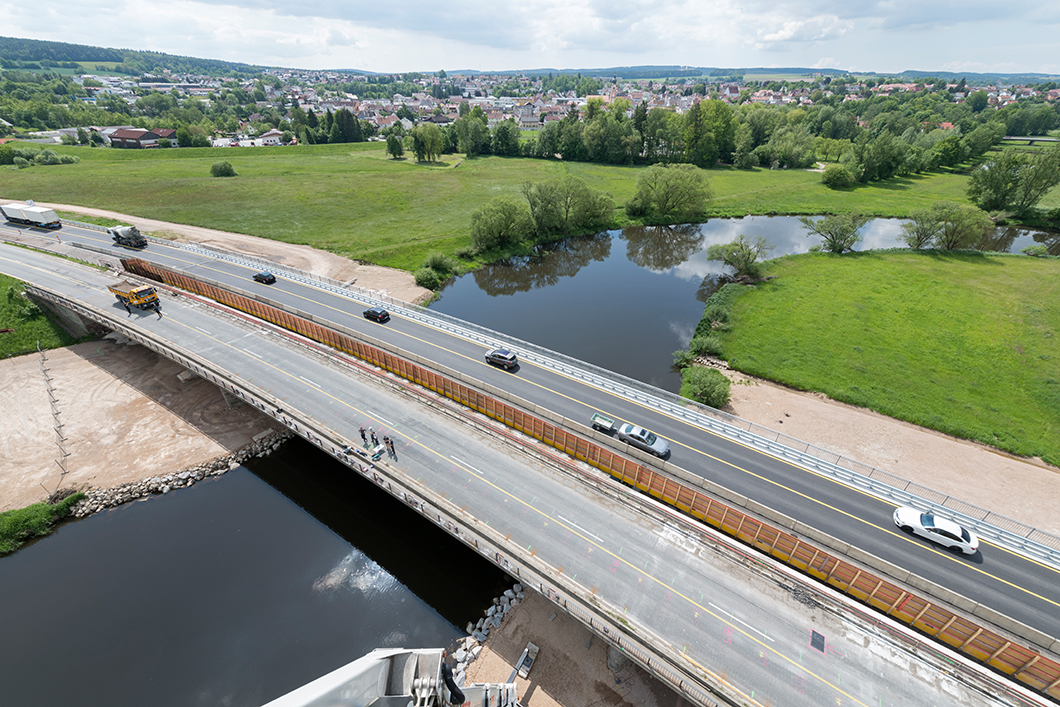
Ultrasonic measurements on a bridge
Source: BAM
A new project is launched at the Bundesanstalt für Materialforschung und -prüfung (BAM). Its aim is to store building data securely and efficiently and to create the basis for assessing the safety of bridges, tunnels and other buildings efficiently and without high additional costs.
Particularly for older structures, building plans are often not available in desired quality or quantity today. However, if the actual building condition needs to be assessed, these documents are indispensable. Often in such cases, the design of a structure must be reconstructed to be able to evaluate it. This procedure is costly and requires a large effort and expert knowledge.
The public sector is striving to ensure that its buildings and infrastructures can be managed digitally as far as possible. To achieve this, it is important to store all planning and construction data, coming from the so-called Building Information Modeling (BIM) and the data gained at regular building inspections. It is important to guarantee long-term and tamper-proof storage. In a project funded by the Federal Ministry of Transport and Digital Infrastructure, BAM is developing the technological basis for storing such building data efficiently and securely. Technologies, which are known from the blockchain sector are being used in the development of a prototype data repository.
The University of the Federal Armed Forces in Munich, the Fraunhofer Institute IESE in Kaiserlautern, and several medium-sized companies, whose expertise includes both the encryption of data, the programming of databases, and the application of BIM technology in the construction industry, are involved in the project. The project is coordinated by BAM.
In parallel to the platform, a demonstrator is developed that will incorporate the digital information that can be collected and recorded at a real bridge. This "digital twin" will be used to test the usability of the technology. In the future, it will be available to public road authorities, but also to private interested parties.


